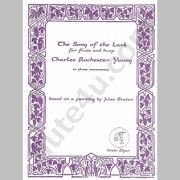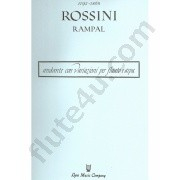Flute & Harp
-
-
Adams, HL :: Night Song
H. Leslie Adams is known for his deeply personal compositional language; a sound that lies somewhere beyond Debussy, with a lush sense of jazzy romance. His 'Night Song' for flute and harp is no exception. Like many of the standard yet small repertoire works for flute and harp - Lutoslawski's '3 Fragments', Ibert's 'Entr'acte', Jongen's 'Danse Lente' - the harpist takes a leading role, with the flutist variously adding color, emphasizing melodic lines and counterpoint, or outlining sparkling filigree about the harp's steady lines.
Notably, Adams also enhances the textural possibilities of the ensemble with several well-applied Salzedo techniques in the harp. The flute, in contrast, uses extended technique sparingly - a few notes of flutter-tongue for color, and neo-Romantic tone painting otherwise.
-
Albeniz, I :: Tango
Tango
Albeniz, I
For Flute and Harp. The famous piano piece, newly arranged. The haunting sounds of Spain, found in the harp, combined with the lyrical, sensual timbre of the flute, give a new listening dimension to this popular composition.
-
Alwyn, W :: Naiades
Naiades
Alwyn, W
Alwyn's Naiades, for flute and harp, is highly reminiscent of Ravel. Making full use of the impressionistic qualities of the flute and harp, it takes the form of a short suite of contrasted episodes with lush phrasing and vivid color.
For advanced players.
-
-
Andres, B :: Algues (7 Pieces)
Algues (7 Pieces)
Casterede, J
From the publisher, Gerard Billaudot, Bernard Andres’ Algues (7 pieces) is a lovely collection of short pieces for flute and harp. Easy-intermediate in difficulty, these pieces serve as a lovely addition to any recital or ceremony. The flute line is very vocal in nature and would sound equally as beautiful sung This is perhaps why Andres wrote the piece for oboe, flute and violin in mind. The harp exquisitely accompanies the flute, peeking out of the texture at various moments to juxtapose with the flute. Bernard Andres is a contemporary French composer and harpist.
-
-
Andriessen, H :: Intermezzo
Intermezzo
Andriessen, H
Henrik Andriessen had a distinguished career as a teacher at the conservatories of Amsterdam, Utrecht, and The Hague. His pupils included his sons Jurriaan (born: 1925), a fluent and diverse composer of orchestral, chamber, theater and film music, and Louis (born: 1939), a pupil of Berio and a leading figure in Dutch minimalism, whose works include De Staat (1976) for voices and orchestra. -
-
Backes, Lotte :: Ballade
Lotte Backes' rich and neo-Romantic, harmonically open language is brought to the fore in her Ballade for flute, harp, and piano. In three movements, the Ballade opens with a cross between a forthright overture and a lush fantasia, moves through the central delicate Andantino that drops the piano for a duet between flute and harp, and ends with a definitive Allegro full of melodies and playful conversation between instruments.
For advanced players.
-
Barab, S :: Sonata for Flute and Harp In a Classical Mode
Sonata for Flute and Harp In a Classical Mode
Barab, S -
Barnes, L :: Rain Songs
Rain Songs
Barnes, L
Larry Barnes' Rain Songs is a four-movement work of reflection and beauty. Back-and-forth quasi-Takemitsu sounds expand into romantic phrases and Japanese quotations. Written extremely idiomatically for both flutist and harpist. For flute or alto flute and harp.
-
Bedetti, T :: Marsia e Apollo
Marsia e Apollo
Bedetti, T
Tiziano Bedetti presents Marsia e Apollo, a fantasia mythologic for flute and harp.
In the mythology of ancient Greece, Marsyas is considered the inventor of the flute. He was very proud of his invention and thought the sound of it was the most harmonious in the world, so he challenged Apollo to a musical competition. Apollo, who played the cither, (here commented by the harp), accepted the challenge on one condition: the winner would have had the right to treat the loser as he preferred.
A first attempt was not successful, but then Apollo invited his rival to play the flute upside down, as he was able to do with his cither. Marsyas, astonished by such perfection, lost the competition and avoided the divine punishment only by intercession of Olimpo, his father, and his transformation into a river.
Duration: 8'20. For advanced players.
-
Benvenuti, A :: Morceau (en forme de...)
Morceau (en forme de...)
Benvenuti, AArrigo Benvenuti's Morceau (en forme de...), for flute and harp, is a distinctly unique piece that exploits contemporary techniques in both flute and harp to the fullest.
The first movement, a flute cadenza, explores fluttering shapes and whispering sounds. The second movement is a highly rhythmic playpiece between flute and harp. The third movement, an adagio, is a tone poem that sets the scene with glistening harp sounds while the flute dances above with jagged, atonal birdsong. The final movement is a meditative reflection with slow melodic fragments in the flute and glissandi and slides in the harp.
For advanced players.
-
-
Bochsa, NC :: Nocturne Concertant
Bochsa, born in 1789, was a harpist and in 1813 he was engaged at the court of Emperor Napoleon and later at the court of King Louis XVIII. In 1822, at the founding of the Royal Academy of Music, he was named Professor of harp. In 1831 he began giving concerts. Bochsa expanded both the playing techniques and the sound possibilities of the new double-pedal Erard harp.
Of the 'Trois Noctunres concertans ouvre 71 (composed ca. 1818), the third and present Nocturne in g-minor stands out in its rich invention and brilliance. After a simple introduction, a compellingly original theme dominates the virtuosic main body of the piece, ending in an operatic stretta.
For advanced players.
-
-
Brown, NK :: Lyric for Flute and Harp
Lyric for Flute and Harp
Brown, NK
Easy listening, lovingly written for the composer's daughters. -
-
Buss, HJ :: Alpine Spring
Alpine Spring
Buss, HJALPINE SPRING (2008) was composed for Italian flutist Elena Cecconi. Its picturesque Italian subtitle, Riflessi sul lago alpino, translates as 'Alpine Lake Reflections' and is suggestive of the glorious awakening of Spring in the region immediately south of the Dolomite Mountains in northern Italy. As one listens to this music it is easy to imagine the glistening reflections of the dramatic Dolomite peaks and vibrant green spring foliage in the lake. Alpine Spring is divided into two main parts. The first is introspective and at times mysterious. The subdued quality of the music coupled with the beautiful melodic lines suggests the alluring enchantment of dawn at the lake. The festive second part mixes Buss' unique style of soaring lyricism with crisp, energetic rhythms and colorful harmonies.


![Abdel-Rahim, G :: Raqsat Isis [Dance of Isis]](http://www.flute4u.com/var/images/product/262.280/P/6000000000FL0176_d.jpg)
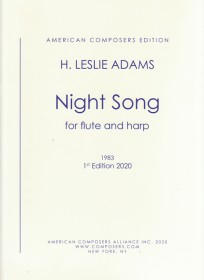



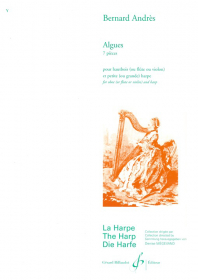
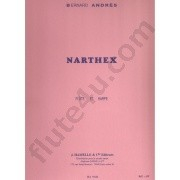
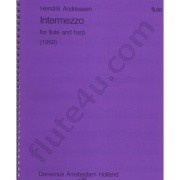


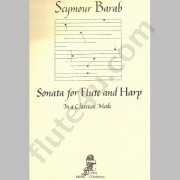



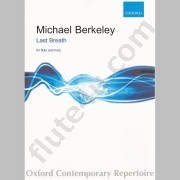

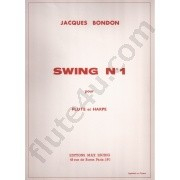

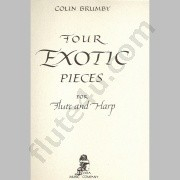

![Debussy, C :: Prelude a l'apres-midi d'un faune [Prelude to the Afternoon of a Faun]](http://www.flute4u.com/var/images/product/262.280/P/6000000000FL9602_d.jpg)
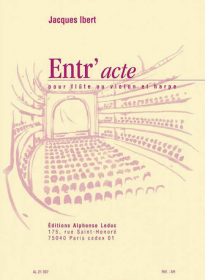
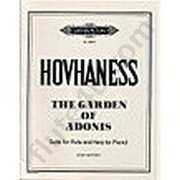




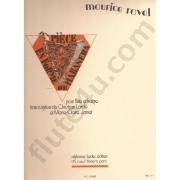

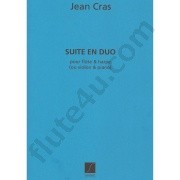

![Busser, H :: Les Ecureuils [The Squirrels]](http://www.flute4u.com/var/images/product/262.280/P/D009790046172267_d.jpg)
